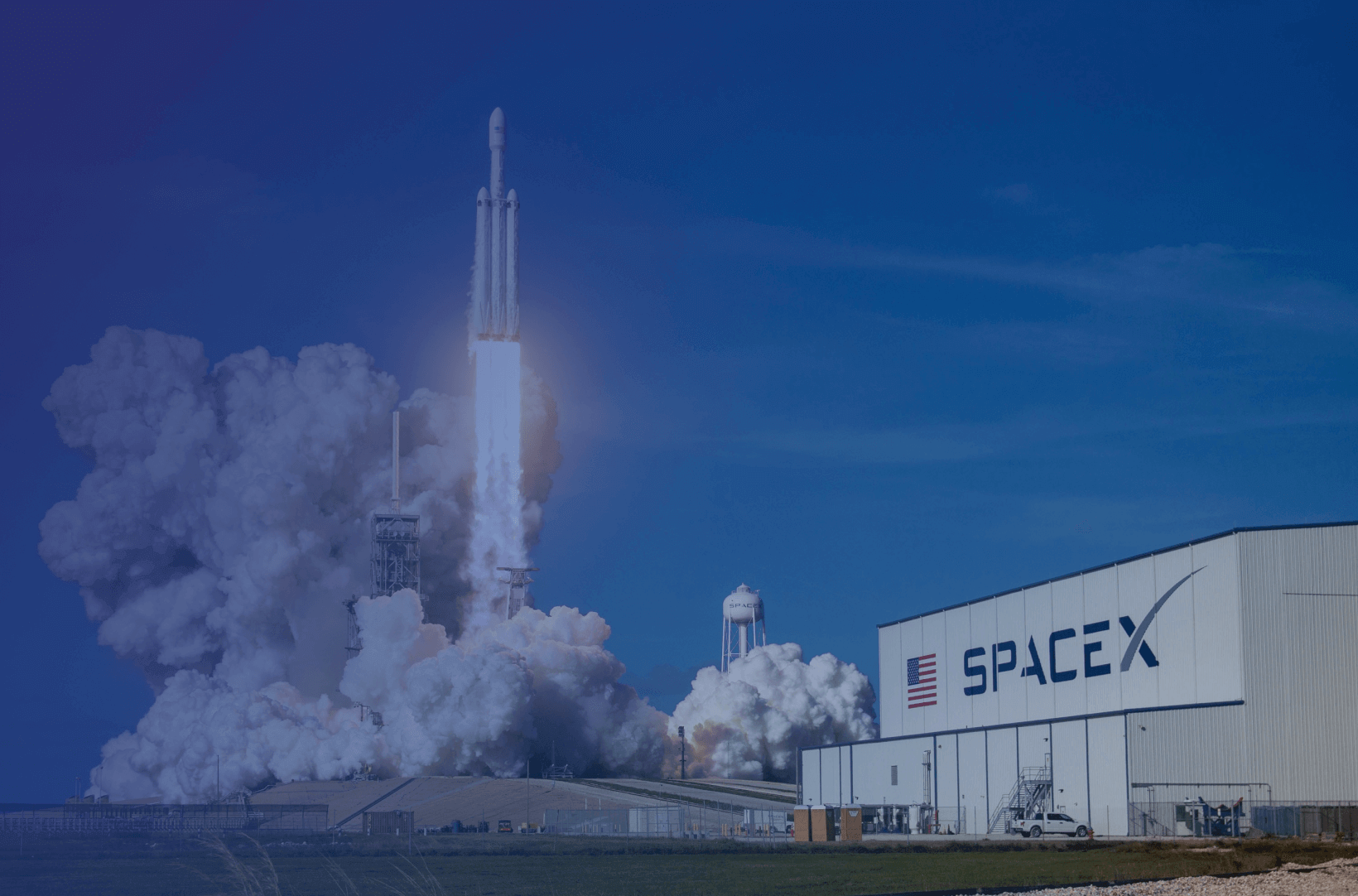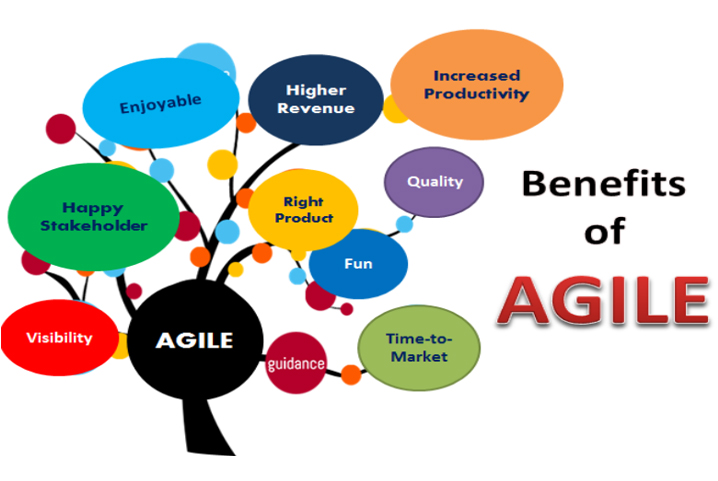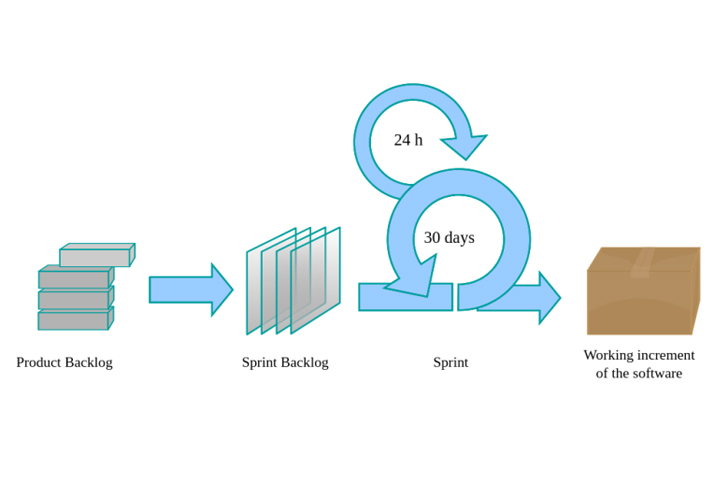
Do you know the first SpaceX launch failed in just 33 seconds? Yes, it takes as less as 33 seconds for one of the most ambitious projects by a private entity to fail. But did this create a dent in SpaceX plans for the future?
Not at All! Because SpaceX had faith in agile and you should too!
How SpaceX Treated Failure?
For SpaceX, every failure is an opportunity to learn, and it doesn’t stop with learning alone. Enterprises immediately apply lessons learnt to the next launch. This iterative approach of ‘learning, apply, adapt and repeat’ has helped SpaceX has become one of the most successful space transportation services.
SpaceX applies an agile development approach to some of the most critical aspects of its mission-critical projects, including agile methodology for building rockets and mission-critical software.
SpaceX developed an Agile environment which not just accelerated software testing but also improved its efficiency incrementally. Thousands of parallel test environments were created using cloud networks, and each test environment was capable of running multiple mission simulations. The outputs were verified with desired results, and once the code p[assed the test it was passed on for testing in a real environment. Here’s a small snippet of how SpaceX used Agile Methodology to ship software for its spacecraft.
SpaceX first created a virtual environment similar to that of the real launch events. Next, they ran thousands of mock tests in the cloud, each based on a different mission simulation. The expected output was verified, and once the code passed the software test, the tests were moved on from the virtual environment to dashboard hardware and finally to vehicles. Further, every information during live missions (including failed missions) was captured and fed to the agile processes for improving the test suites. It was this approach that paved the way for a whole list of SpaceX achievements that are a reason of envy for even government-funded space organizations.
- Falcon 1(2008): The First Privately Funded liquid-propellant rocket to reach orbit
- Dragon (2010): The First Private Spacetech to launch, orbit, and recover a spacecraft
- Dragon (2012): The First Private Spacetech to send a spacecraft to ISS ( International Space Station)
Why Must Enterprises Adopt Agile in 2020?

Digital is transforming the way enterprises, and individual communicates. Agile is a methodology tailored to fit into this fast-changing enterprise landscape perfectly. Today, quality and time are both an essential factor for business growth.
At a juncture in enterprise landscape, when both quality and time are a key determinant in business growth and survival, agile offers enterprise a way to deliver the right product at the right time and in the most time and cost-effective way possible.

Many Reasons Companies Adopt Agile
Enterprises adopt an agile methodology for a whole host of benefits ranging from increased speed to market to improve overall team performance. But the most important benefit that makes Agile such a lucrative choice is that it gives them an edge over their competitors.
Change is the only constant in the digital economy and agile offers enterprises the ability to adapt to changes faster and better.
Agile offers enterprises the ability to learn and recover from failures. As was in the case of SpaceX, the initial failures were the perfect learning curve for attaining much greater heights in the future.
Pratham Software is a leading offshore product development company. We have ample experience in working with the enterprise of all scale and size, including startups. High level of commitment, quick feedback, strong team organization and efficient use of tools help us deliver value to the enterprise’s agile initiative. Contact us today for agile product engineering services that meet every enterprise need. Please visit the link to know more.








